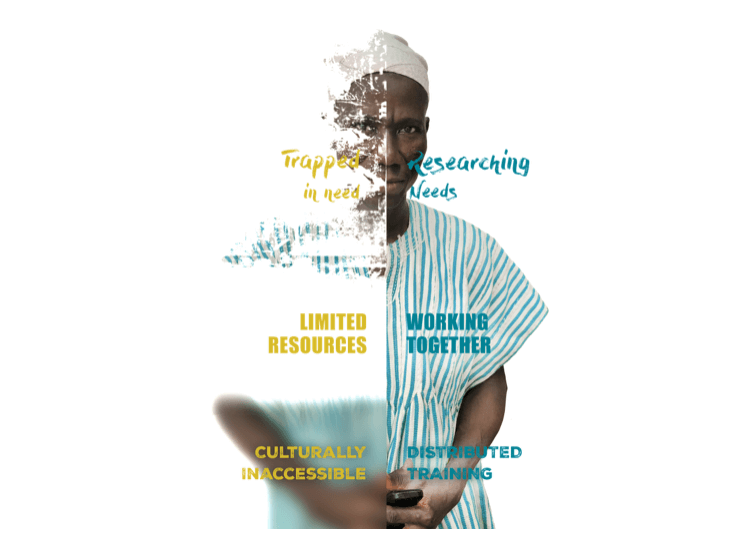How the ENGAGE500 Initiative Works
HIDDEN PEOPLES
There are thousands of people groups worldwide with no Christian witness. These are real people, with real faces and real names. Engaging them is no easy task. It requires working together to identify, adopt, and mobilize workers.
1. Trapped in Need
Unreached people groups often have significant health, educational and community development needs where outside intervention is still necessary. As well, according to joshuaproject.net, more than 2,000 people groups have less than 0.5% Christians. And, there is intense spiritual darkness with little hope of change unless the Gospel is both demonstrated and proclaimed.
2. Limited Resources
Too often, efforts to reach these hard places are not sustainable and are under-resourced. The challenge could be a small remote tribal group of 500 people in West Africa, of which no known believers yet exist, or number into the millions with a history of being highly resistant to the Gospel. The hardest challenges require that God’s people work together in new ways. Workers with geographic and cultural proximity are desperately needed.
3. Culturally Inaccessible
How will they hear? Christian workers have not been prepared to enter these remote, needy, and often dangerous environments. The average person could not walk into a village and even expect to be heard, let alone accepted. There is much skepticism, fear, and distrust.
BRINGING HOPE
There is nothing more exciting for strategic than training and discipling first generations believers to reach their own people and establish the church for the first time, and then to see a new generation of believers commit to reaching their own people with the Gospel of Jesus Christ.
1. Researching Needs
Research builds understanding of practical and spiritual needs, gives a basis for establishing relationships, and sheds light on how to serve and make a difference. Research identifies people groups with less than 0.5% Christian presence in a country. Responding to practical needs opens the door to bring the light of the Gospel to new people groups. In light of this, the Bethany Institute for Missionary Research has been developed.
2. Working Together
When we assess needs, understand the on-the-ground physical, social and spiritual dynamics, and combine resources and abilities under the leadership of the Holy Spirit, the walls of resistance begin to come down. Collaboration creates breakthrough and grows as we work together with national partners to see sustainable movements toward Christ. Bethany partners with churches, denominations, and national mission initiatives.
3. Distributed Training
Bringing training to where the workers are, rather than bringing them to a centralized training facility, multiplies the number and effectiveness of workers. Bethany partners have started more than 300 missionary schools strategically placed at the front lines to prepare missionaries as close as possible to where these workers and the people they serve live. This plays a key part to raising up leadership and multiplying believers and churches.
This article comes from the Fall 2017 Issue of coMission Magazine.


